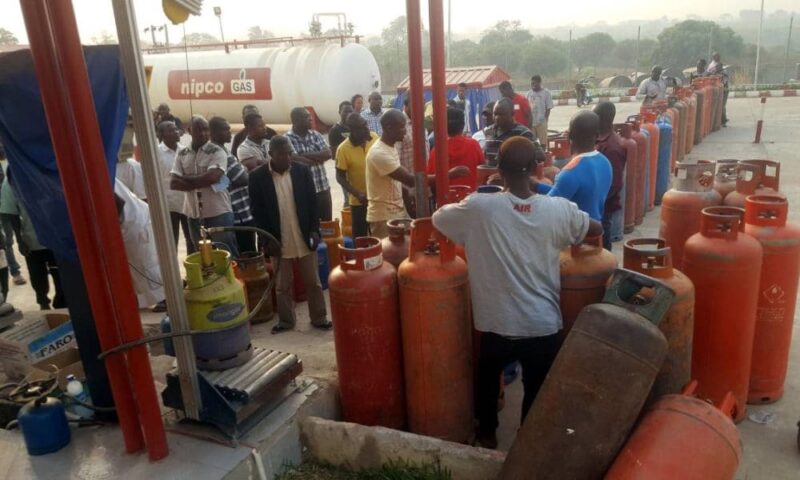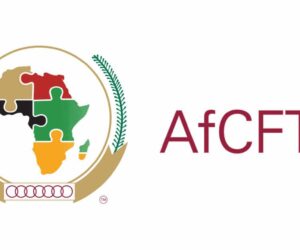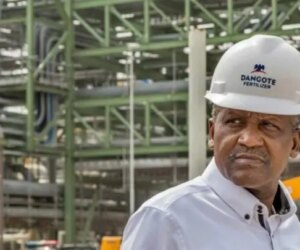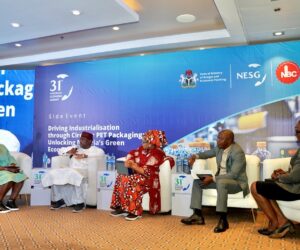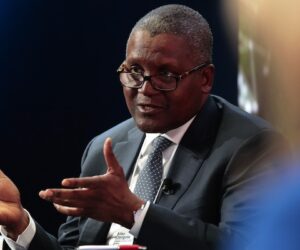Despite the National Bureau of Statistics (NBS) reporting a drop in the average cost of refilling a 5kg cylinder of Liquefied Petroleum Gas from ₦8,243.79 in July to ₦6,404.02 in August 2025, retail prices have surged sharply across parts of Lagos and Ogun states.
A market survey by The Guardian showed that a kilogram of gas now sells between ₦1,800 and ₦3,500, depending on the location, forcing many households to seek alternatives.
At Ijeshatedo in Lagos, a consumer described her ordeal as exhausting.
“Retailers are selling between ₦3,000 and ₦3,500 per kilogramme, while filling stations sell slightly lower at ₦2,500. But the queues are unbearable, with hundreds of customers waiting,” she lamented.
She recalled spending hours searching for gas the previous day before giving up. According to her, the situation has become “unbearable,” pushing some residents to charcoal or electric options.
In Atan, Ogun State, residents said they bought between ₦2,000 and ₦2,500 per kilogramme under tough conditions, while Igando residents reported paying between ₦1,800 and ₦2,000 depending on the location.
Marketers Blame Strike, Refinery Maintenance
President of the Nigerian Association of Liquefied Petroleum Gas Marketers, Olatunbosun Oladapo, in an interview with the Guardian, attributed the price surge to a temporary disruption caused by the Petroleum and Natural Gas Senior Staff Association of Nigeria strike and internal maintenance at the Dangote Refinery.
“At the moment, I can tell you authoritatively that most of our LPG supply is produced locally. Importation is minimal. In fact, if you import now, you might incur losses because local supply has increased significantly,” Oladapo said.
He explained that while the strike disrupted vessel berthing at Lagos terminals, the NLNG had supplied Port Harcourt in large volumes, shielding the South-South from the scarcity. He assured that normalcy was expected to return soon as suppliers resume full-scale loading.
Energy law expert and Partner at Bloomfield LP, Dr Ayodele Oni, criticised the recurring shortages despite improved gas production.
According to him, higher upstream production does not automatically translate into more domestic LPG availability because a large portion of the output is still exported.
He said, “Domestic gas sales rose by about 22 per cent year-on-year to roughly 65,632 metric tonnes in March 2025, but much of the LPG is monetised through exports instead of being channelled into local bottling and retail.”
© 2025 Naija News, a division of Polance Media Inc. Contact us via [email protected]

